Me in enemy helicopter: ooooohhhh elephants, let's get in for a closer look!
EvilTed
BRRRRRRRD BRRRRRRRRRRRRRD
That just opened up a memory! I have a small print of this at home, just to remind me of that freaky lost hour.
Pretty much, if I was shooting this with my D850 and 200-500mm at 500mm and f/7.2 and the owl was 20ft away the total depth of field would be 2.3 inches 5.8cm. That's half that in front of the plane of focus and half behind. That's about as shallow as I would want to go and so looking at that image I think it's shot at maybe 300mm
I did a shoot day with Nikon when it was released, I nearly cried when I had to give it back. I love walking with my gear so the 500 PF would be perfect but you're right it's not a cheap hobby.
That said, If you want to do it, go for second hand. You don't need to spend a fortune to get decent gear. As long as you don't abuse second hand gear you should be able to resell it for about what you paid for it, that's if you want to upgrade or decide you don't get on with it.
Lol, it does get some looks, but it's honestly not that big, especially compared to the big primes. I now shoot it with a D850 and the two together weigh about 7.4lbs which I can shoot handheld all day. I'd like to get a Nikon 500 PF f/5.6 as I end up shooting most of my wildlife stuff at or near 500mm. It's a lot smaller, lighter and has better all round image quality than the 200-500. But it's 3x the price of the 200-500.
Cheers. To be fair I'd been out photoing all day and seen plenty of them out of range, so I wasn't hugely surprised when he popped up.
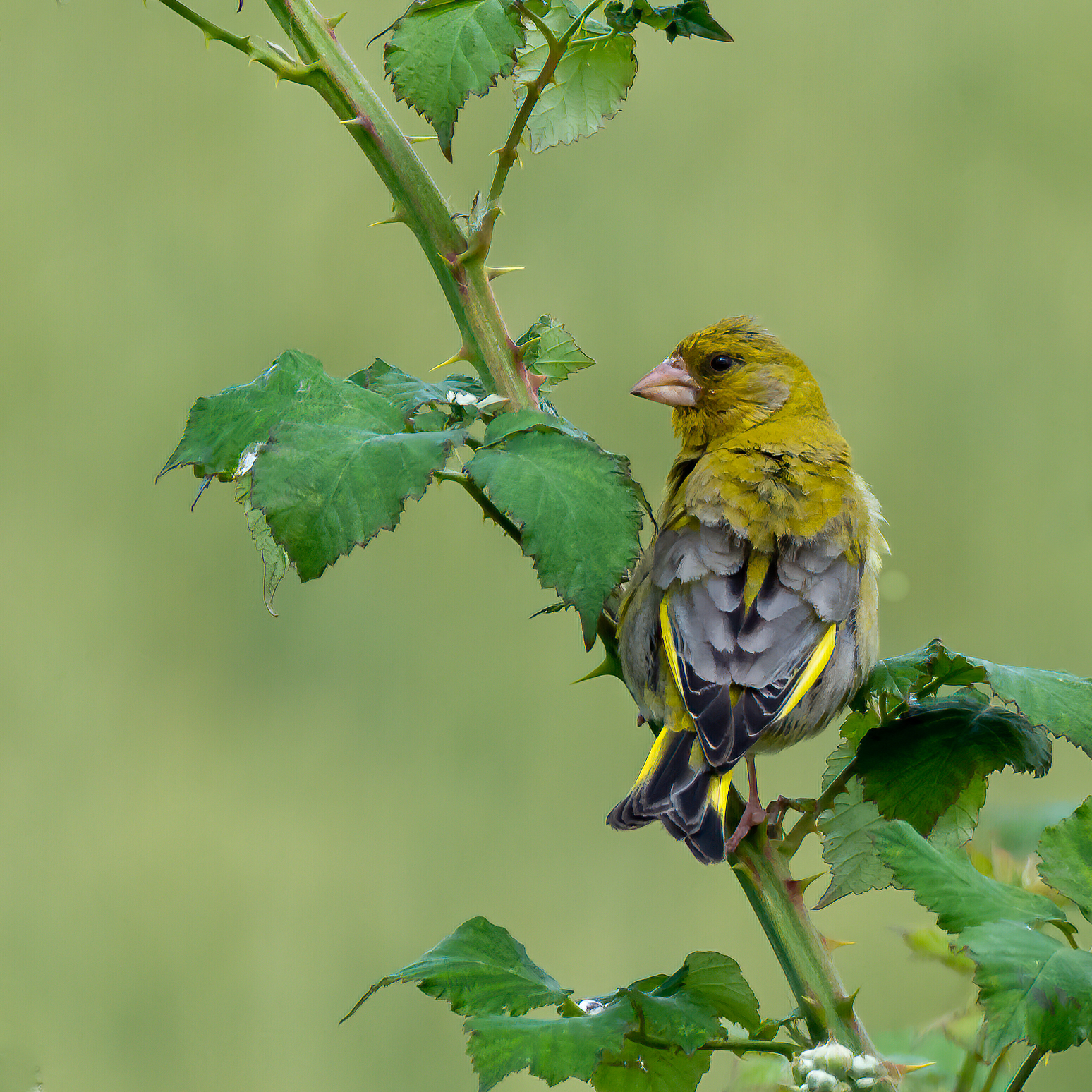
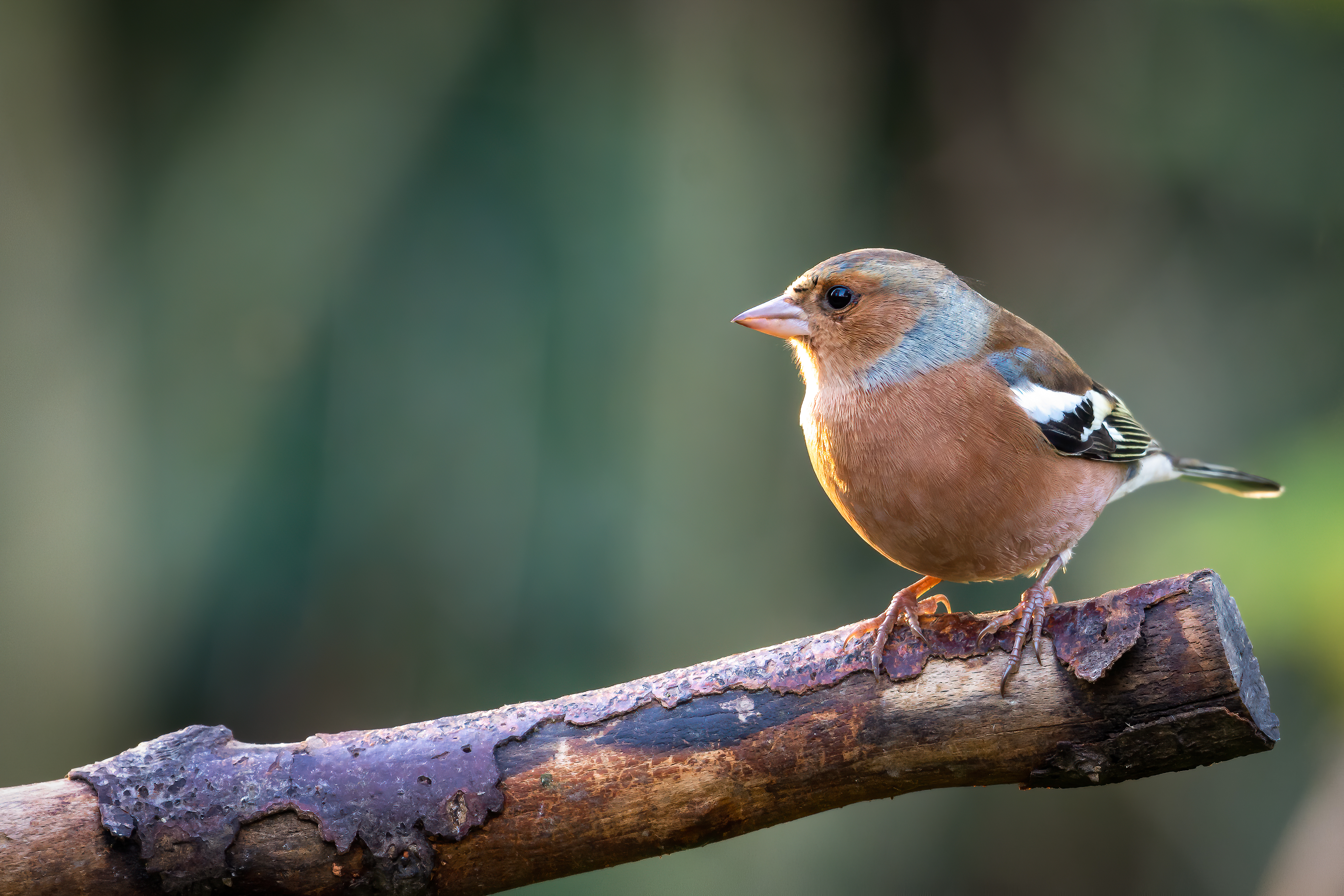
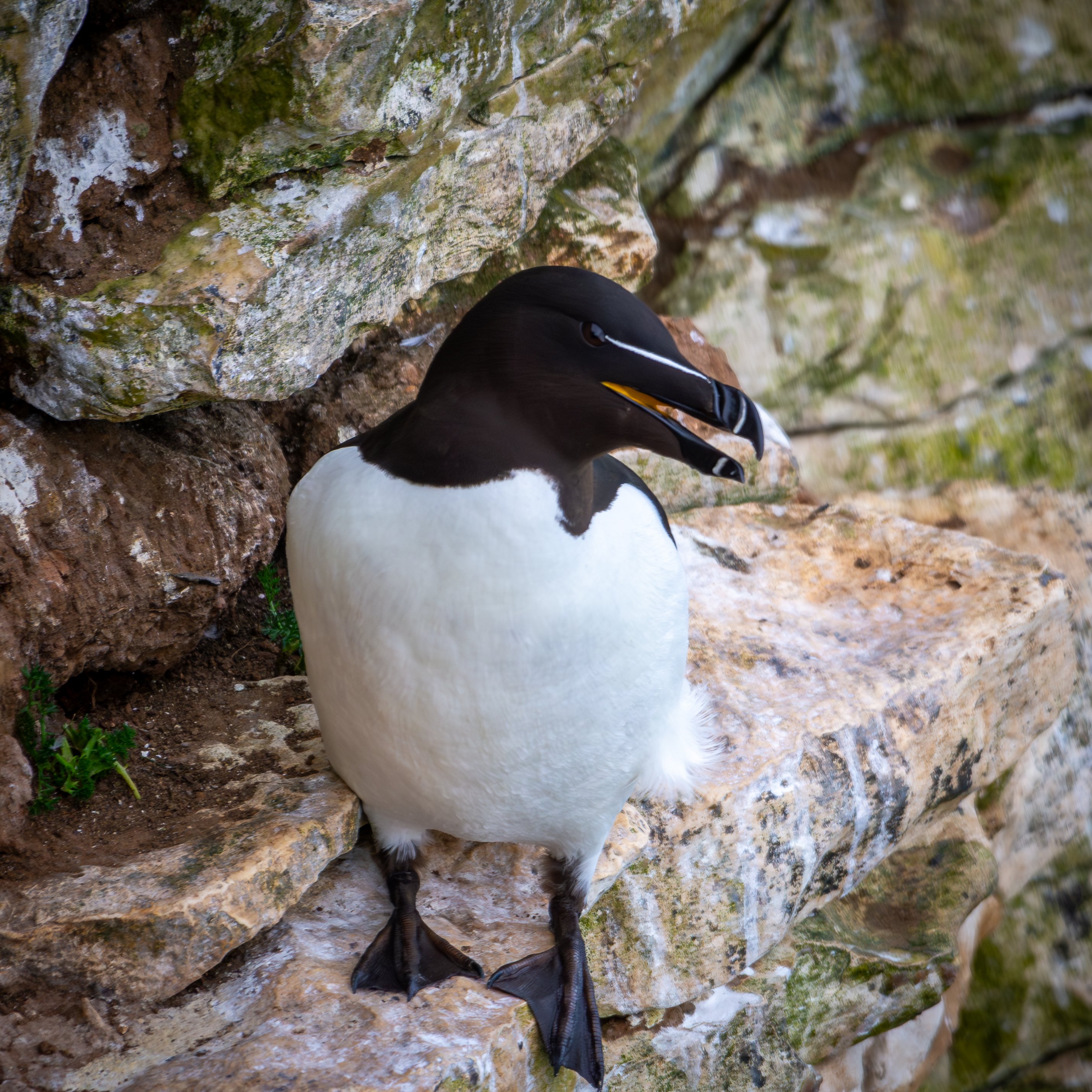



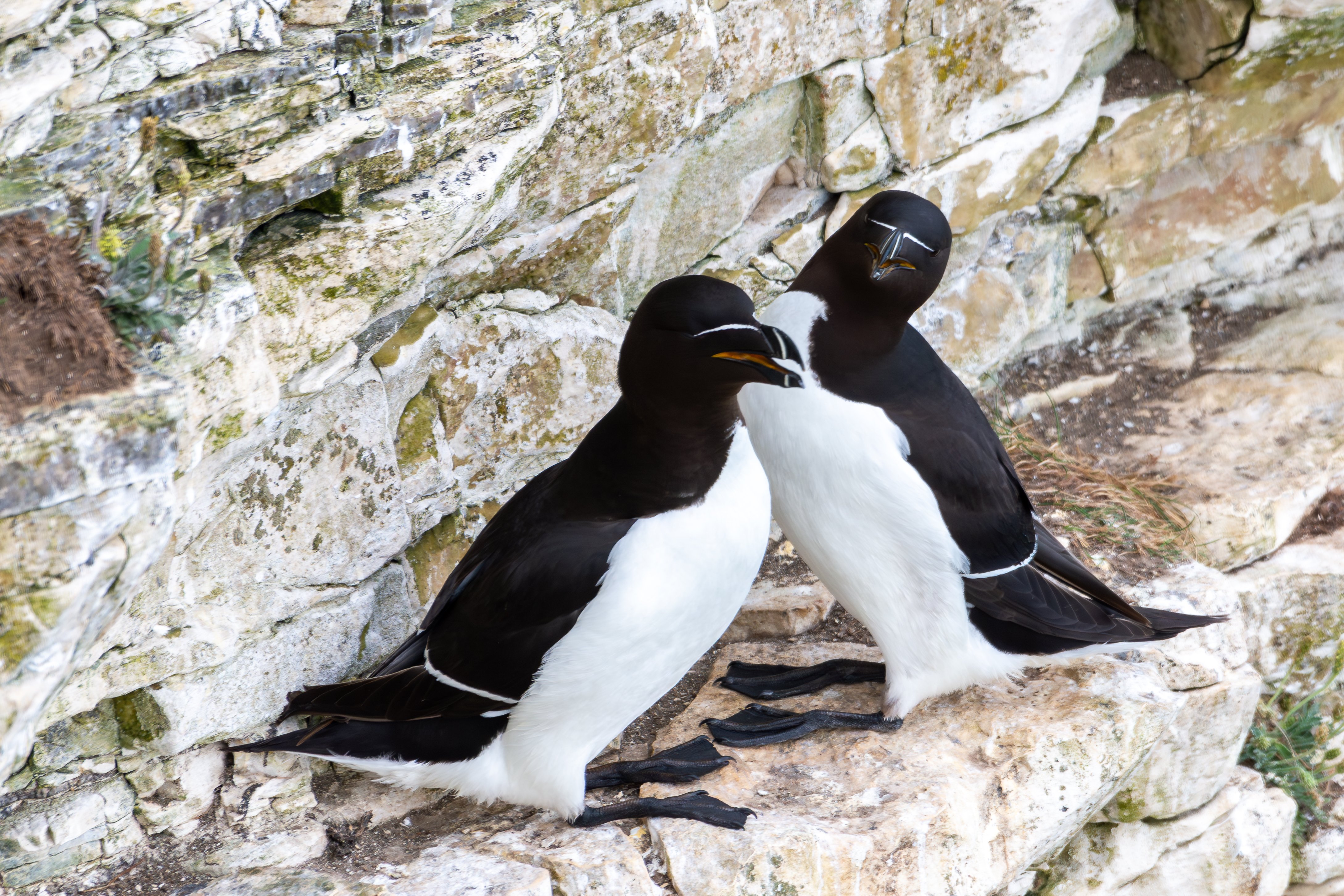
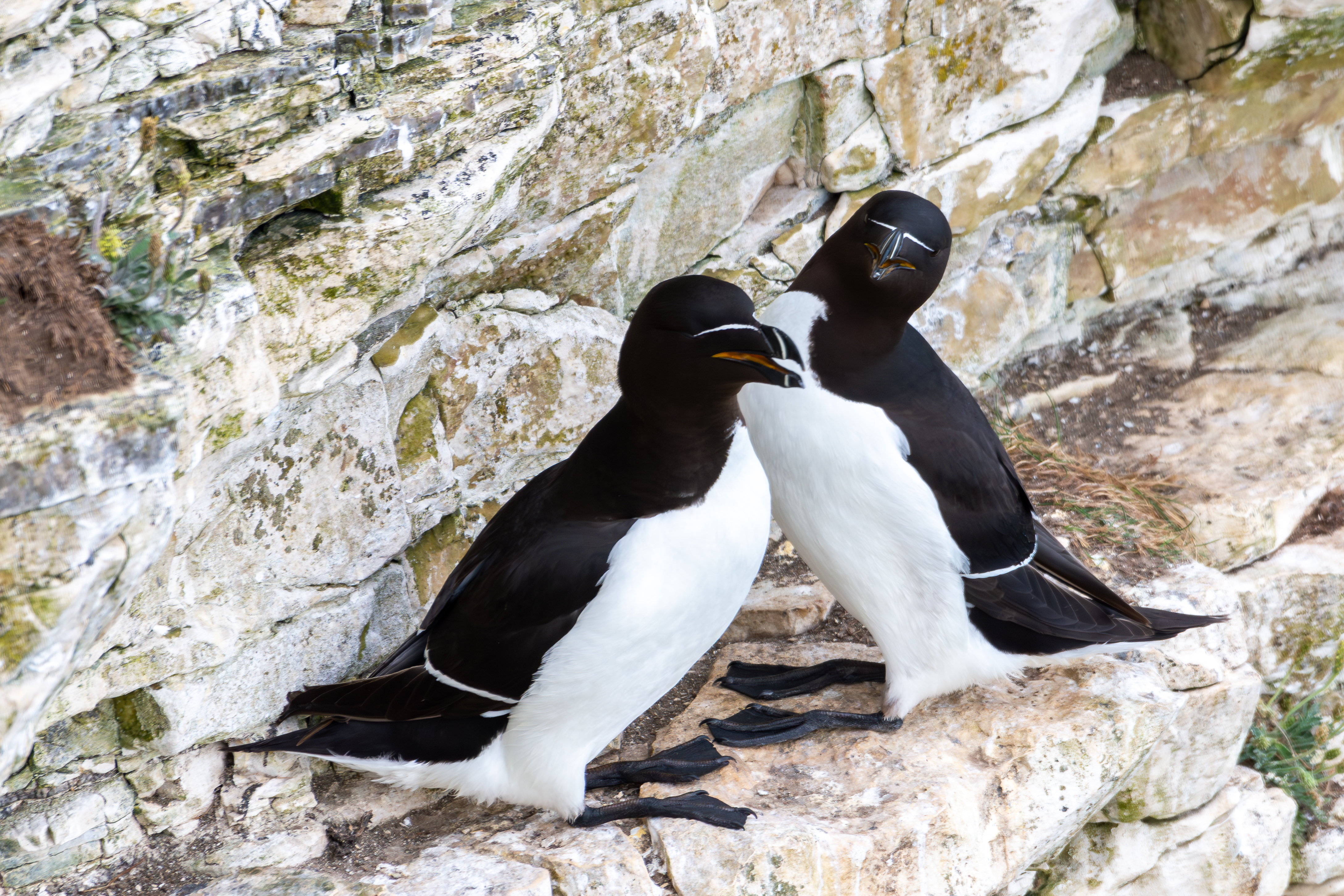
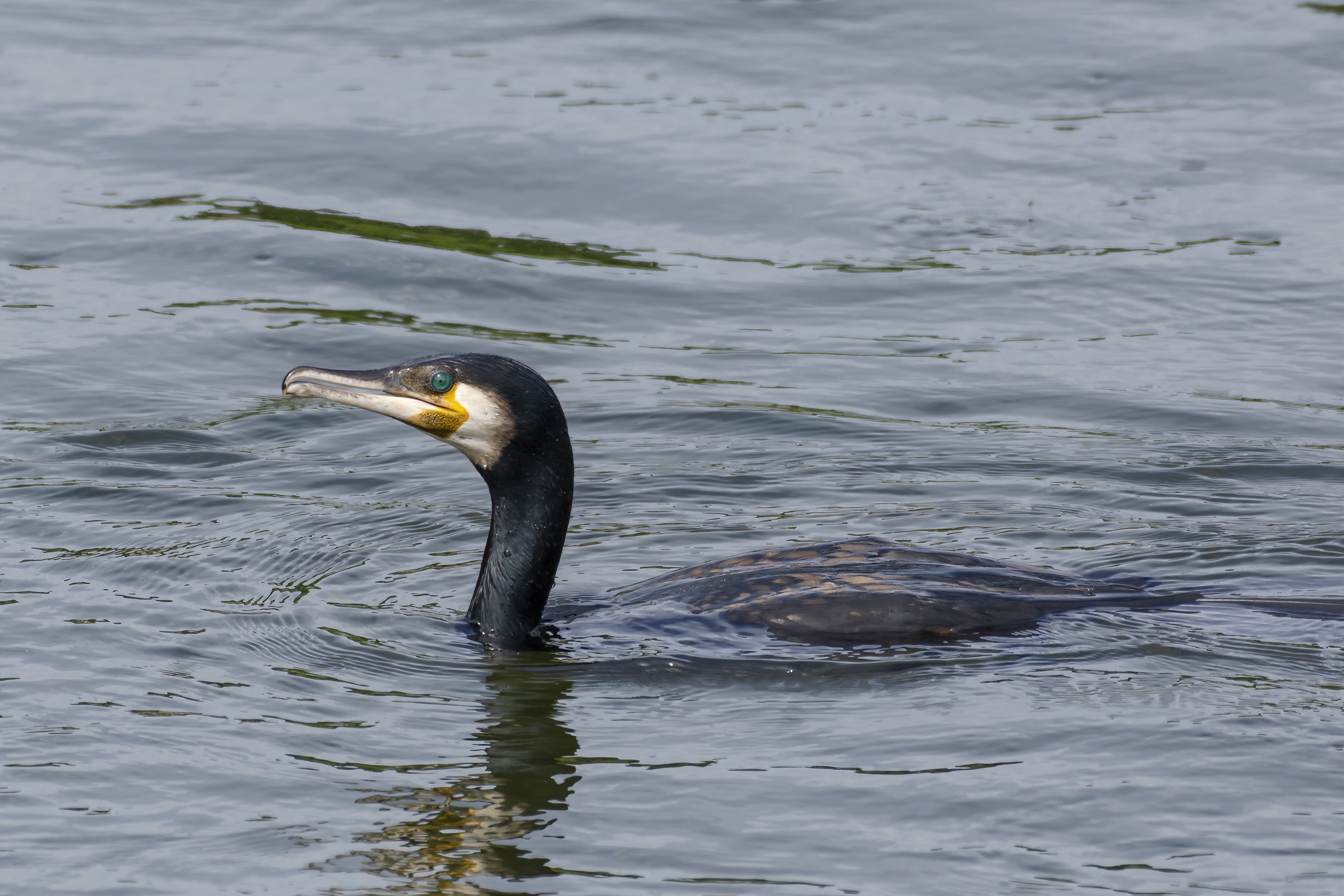


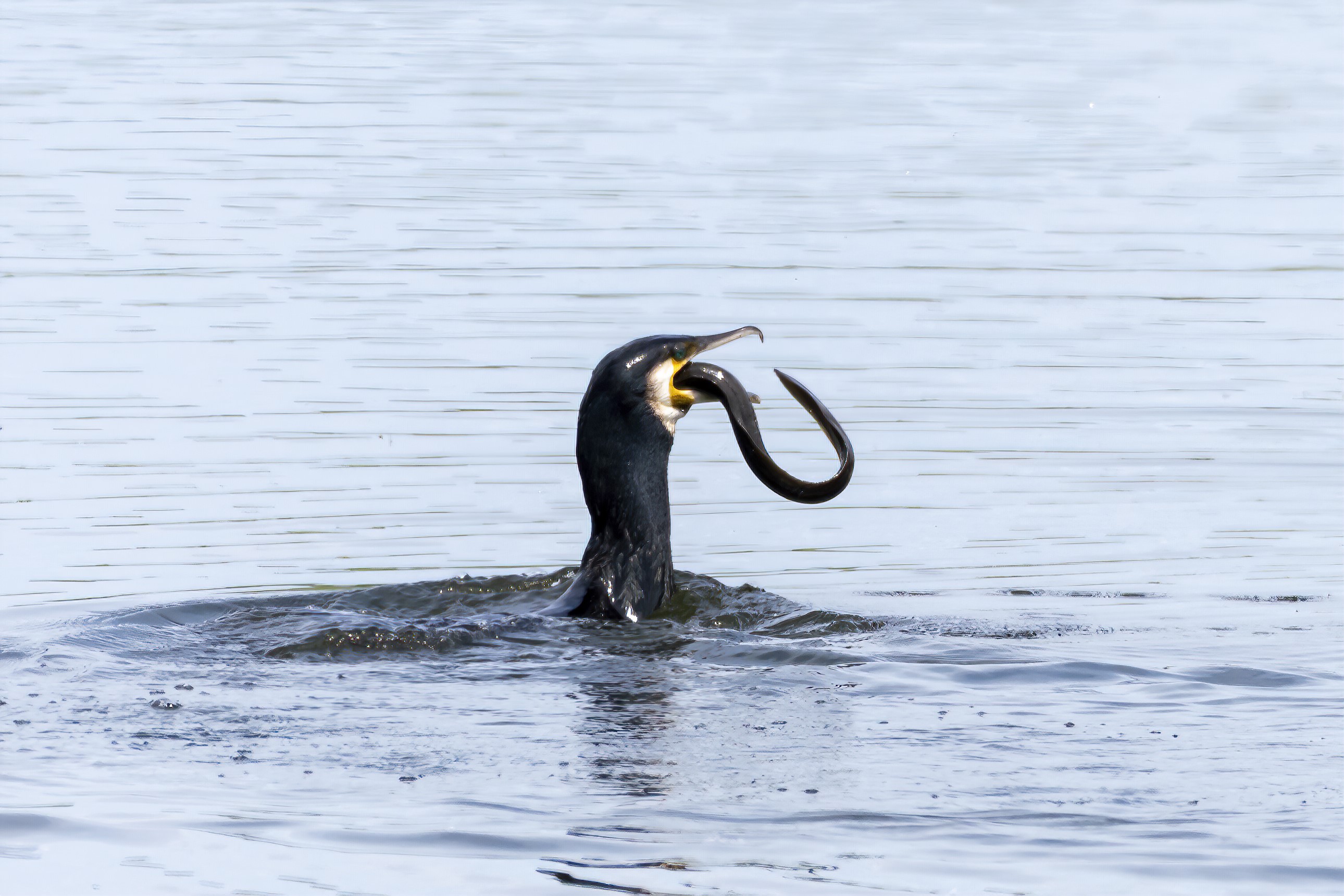
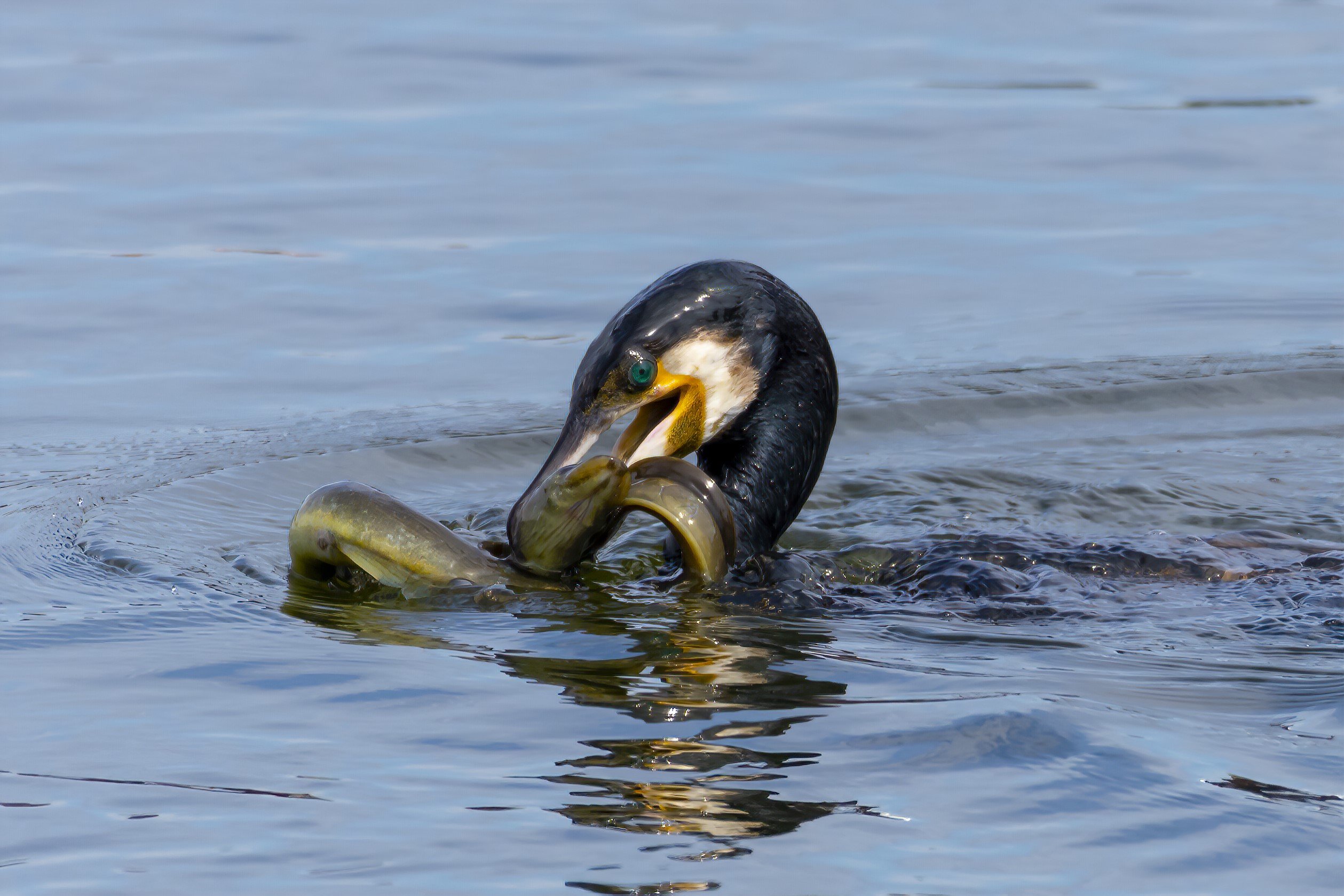
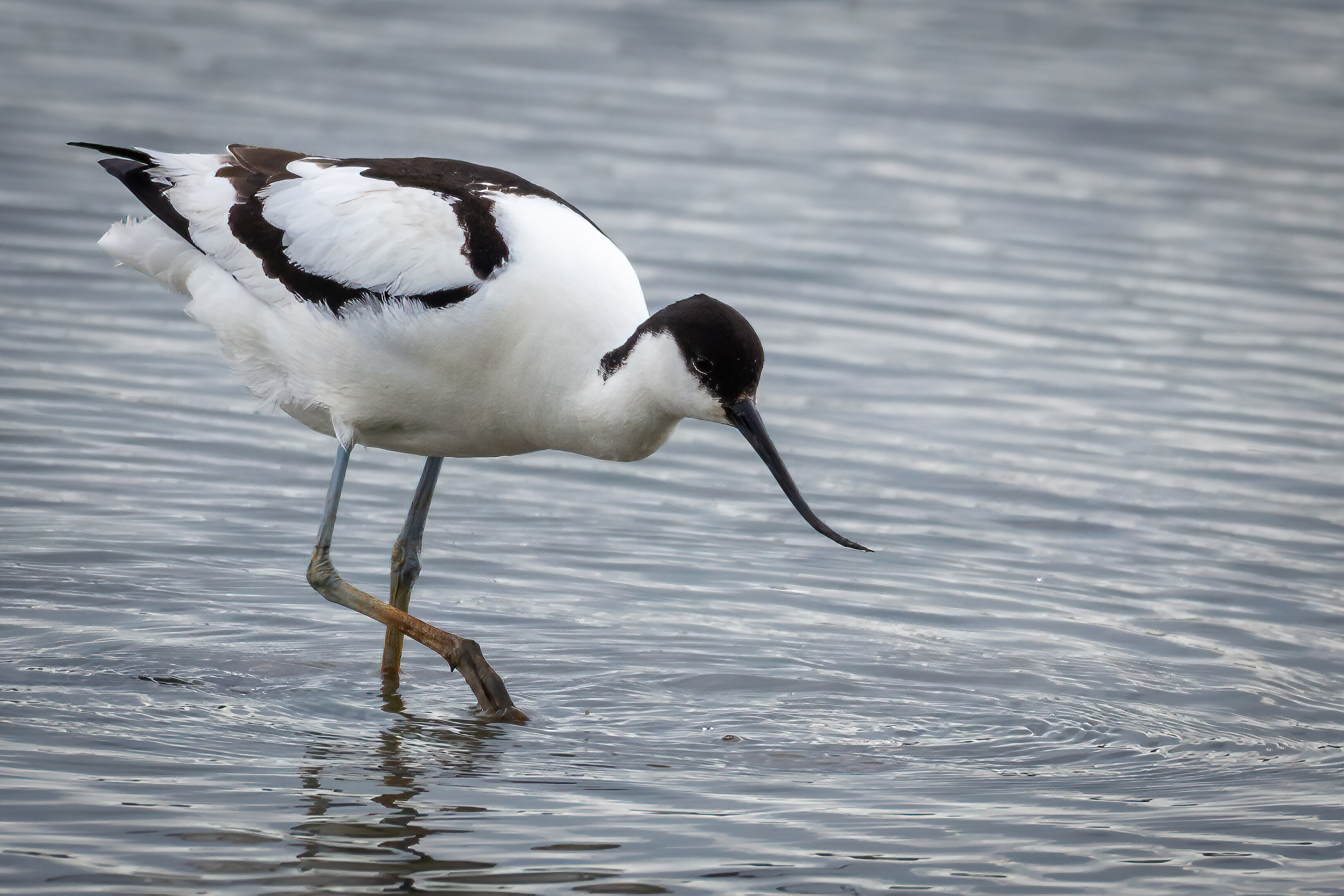
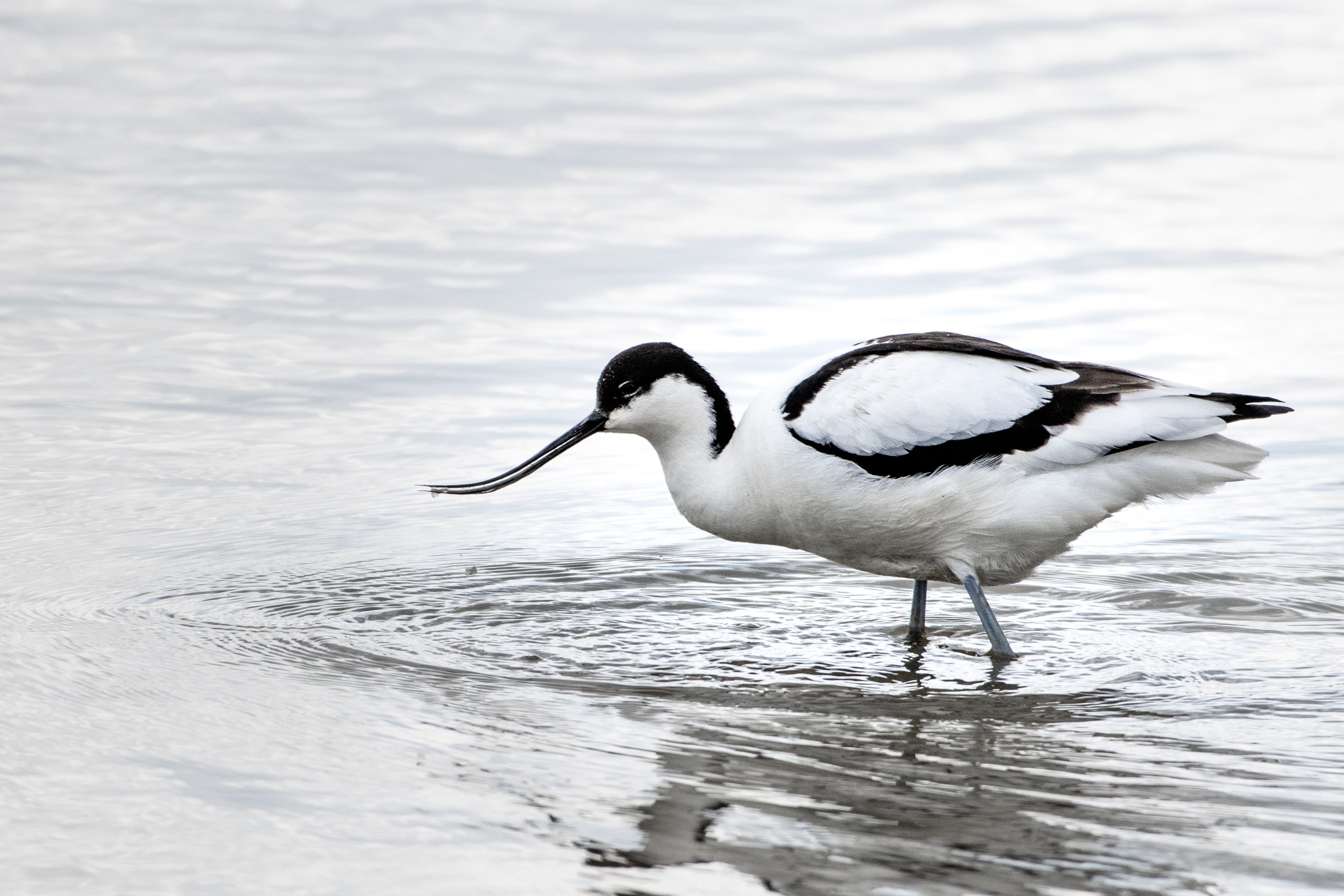
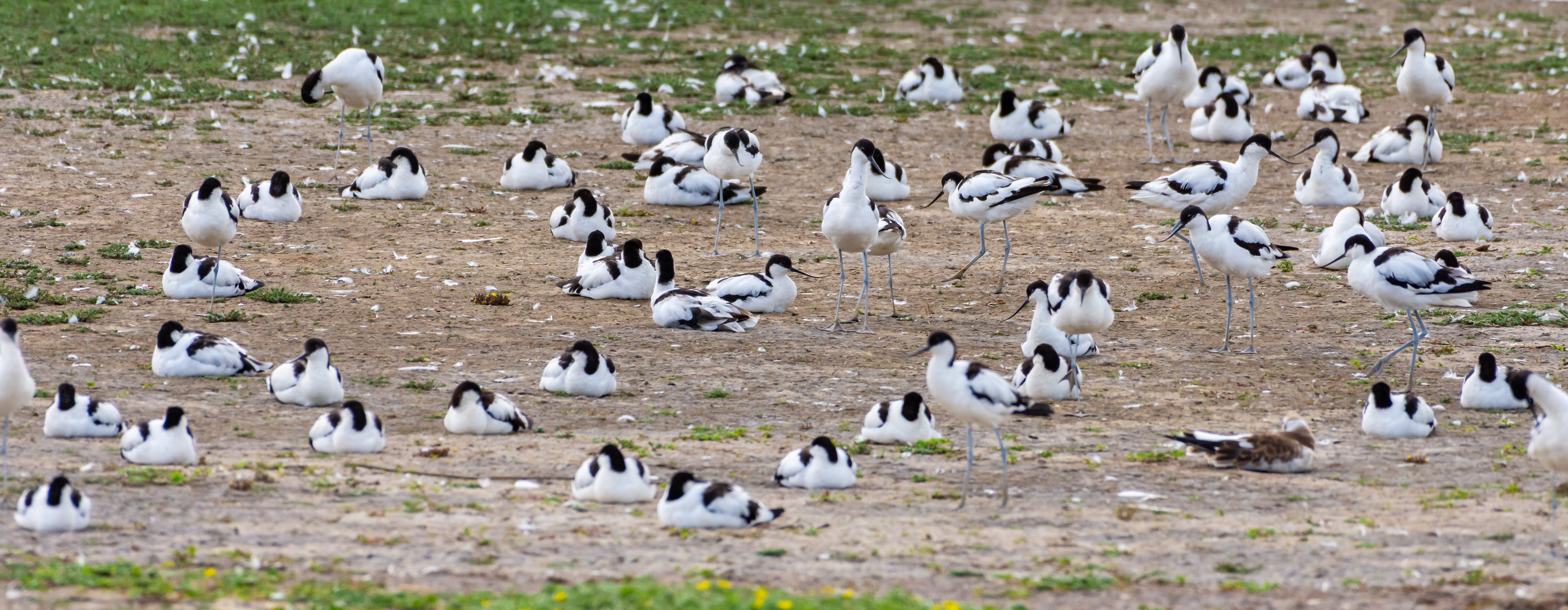
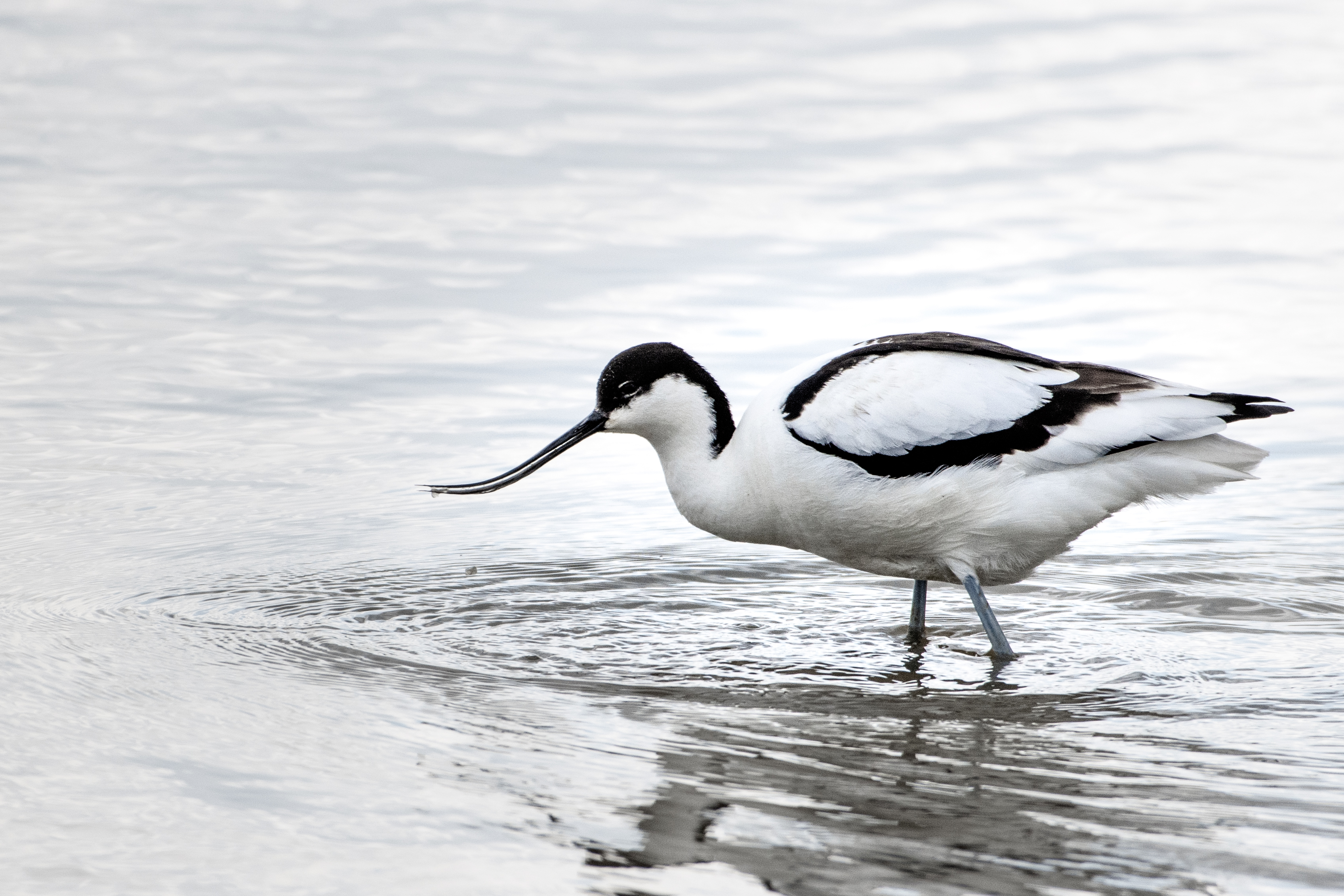

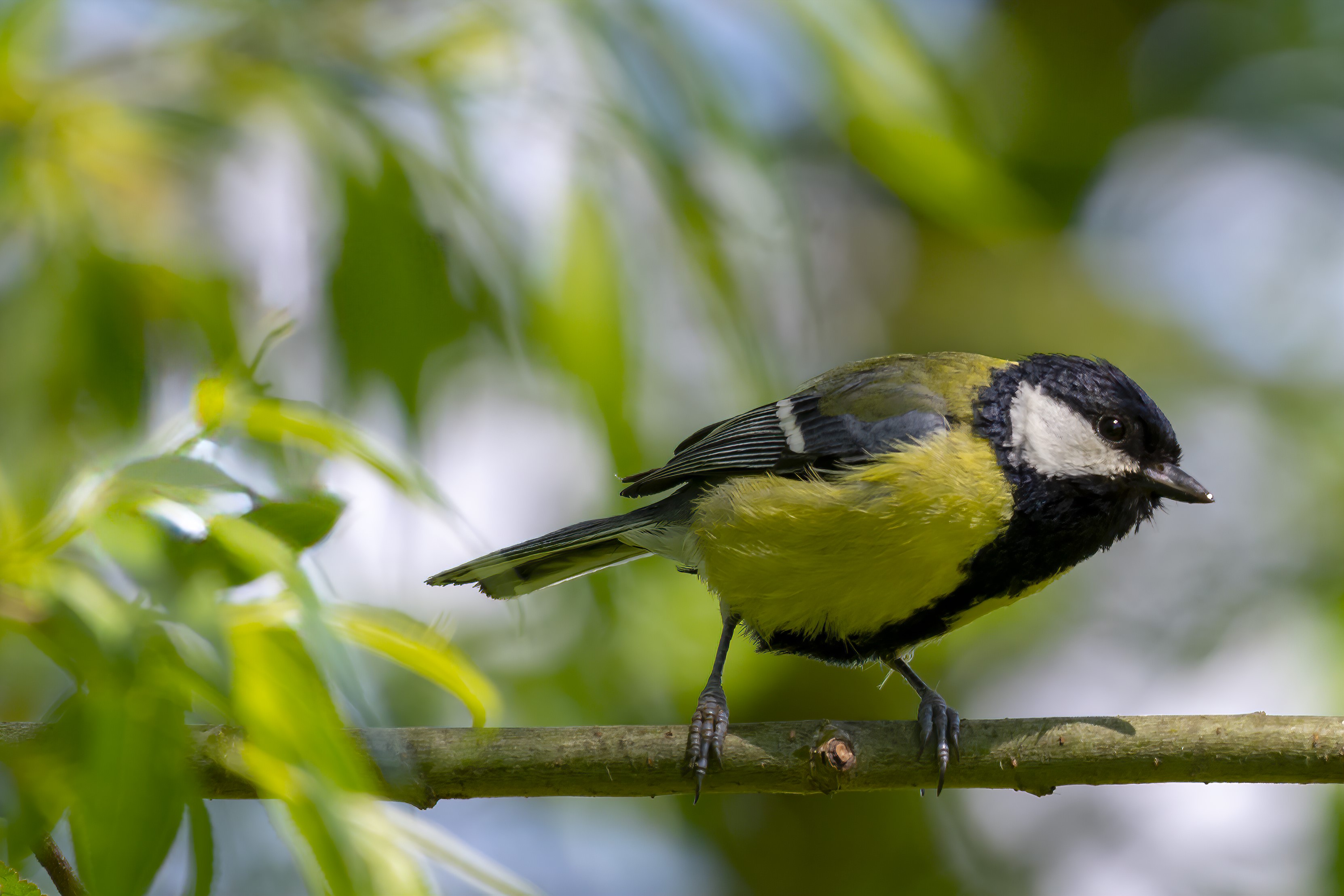

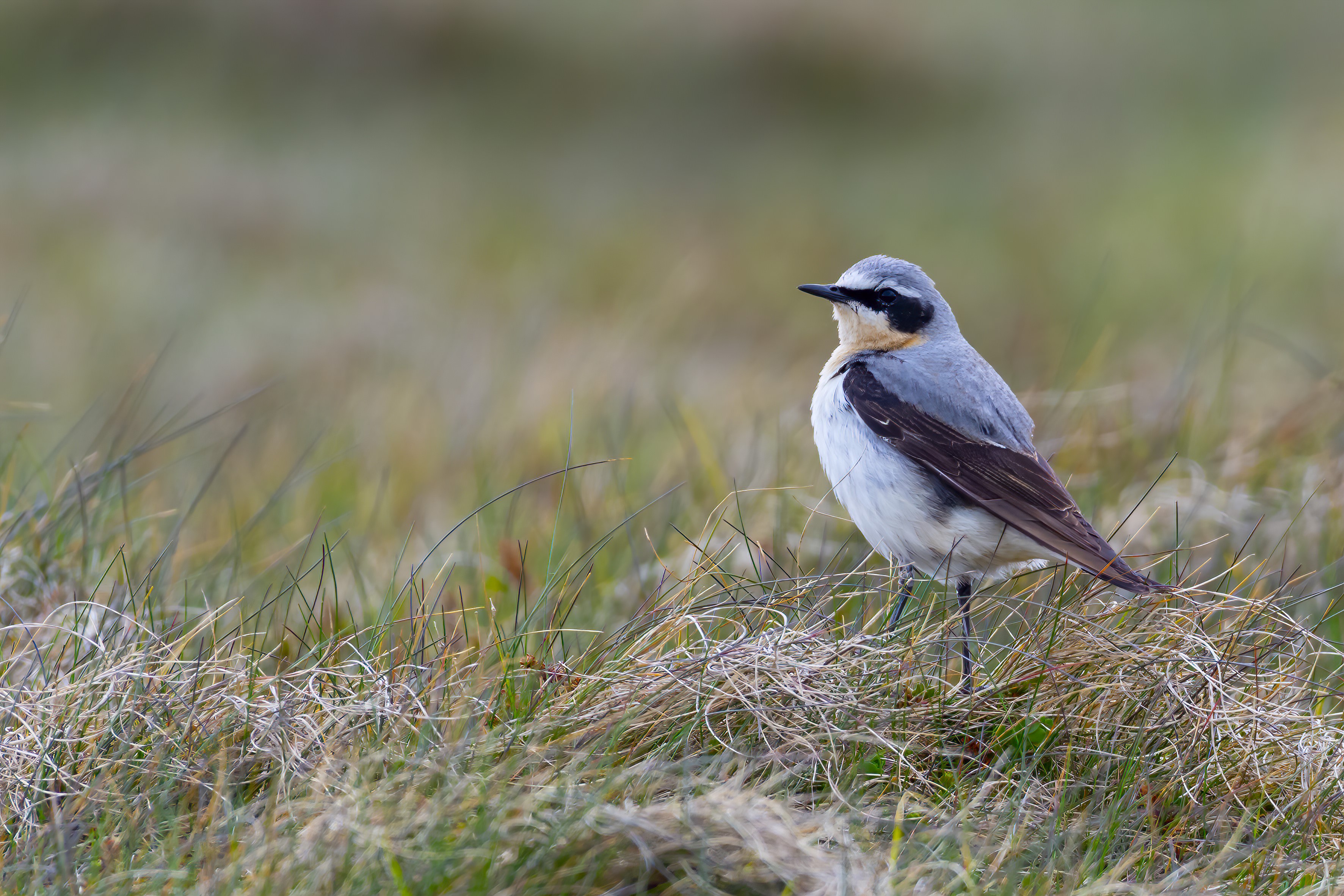
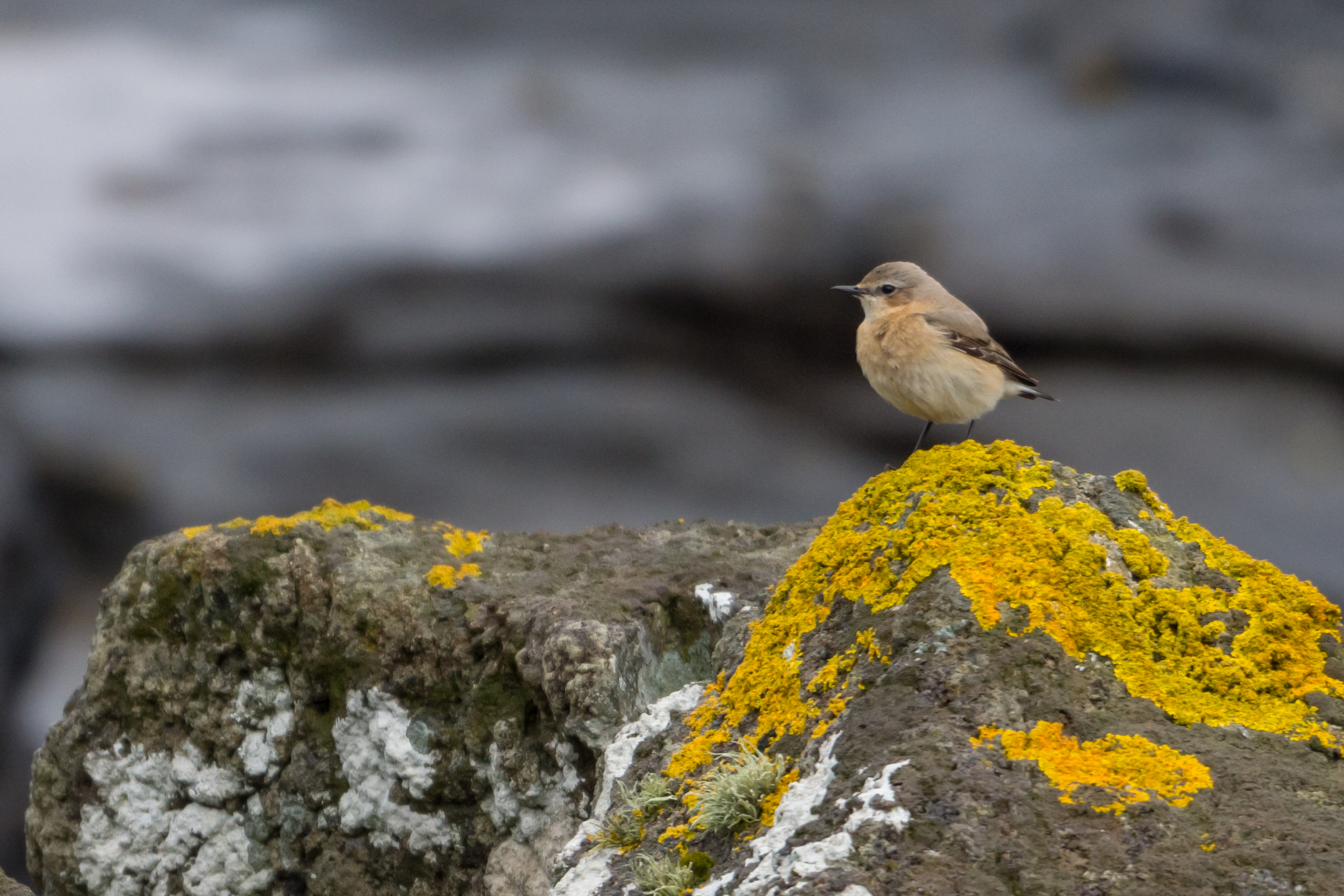
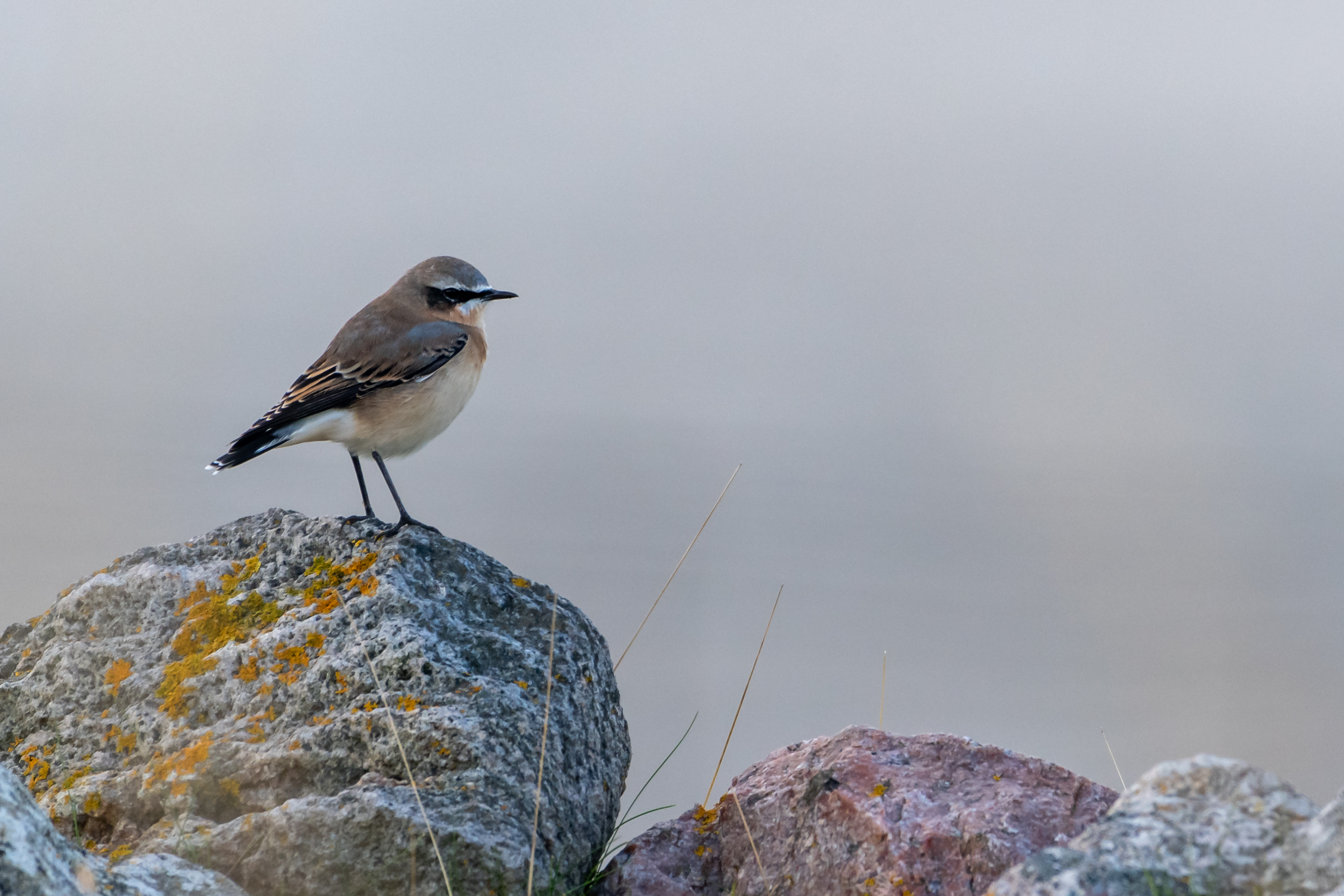



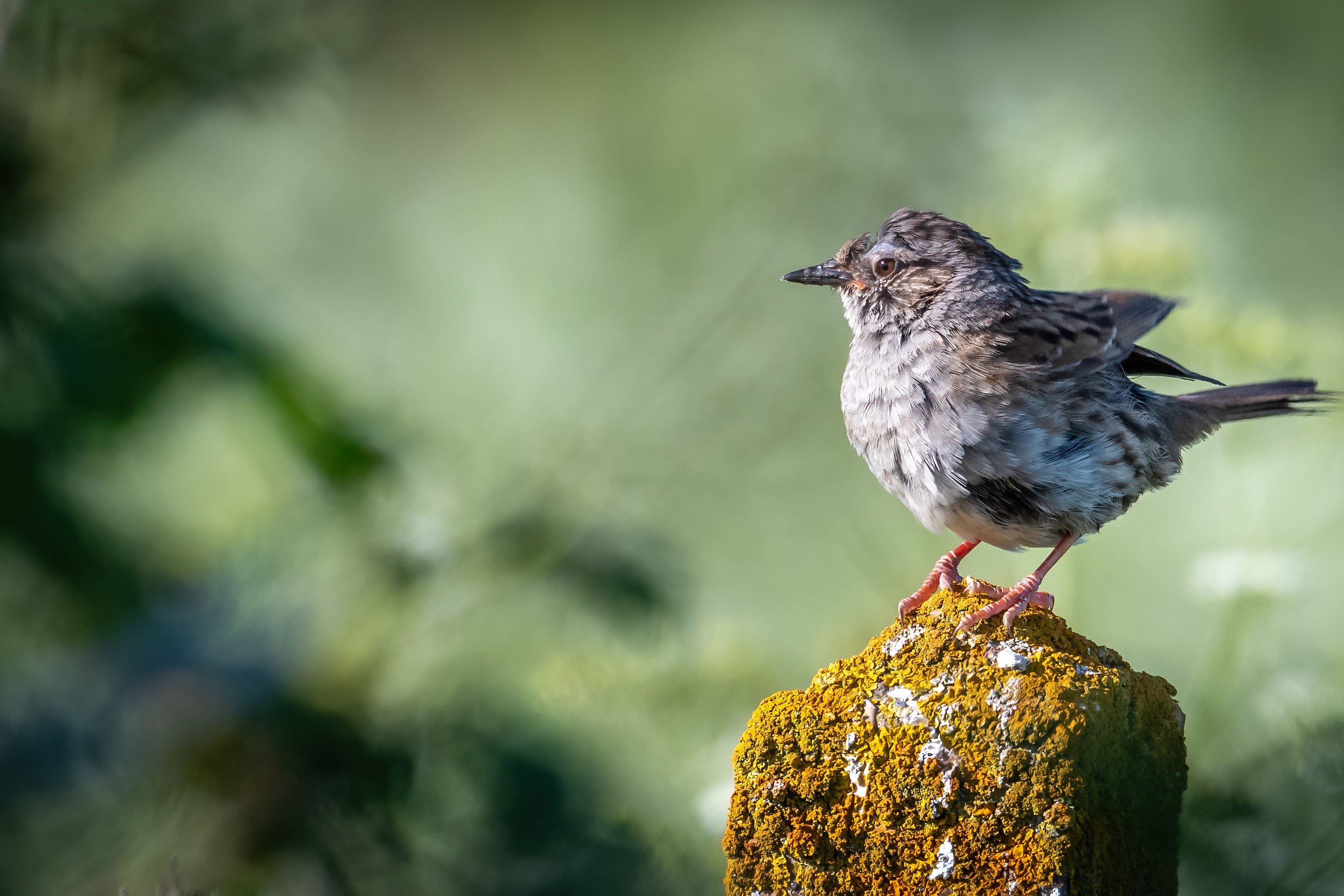

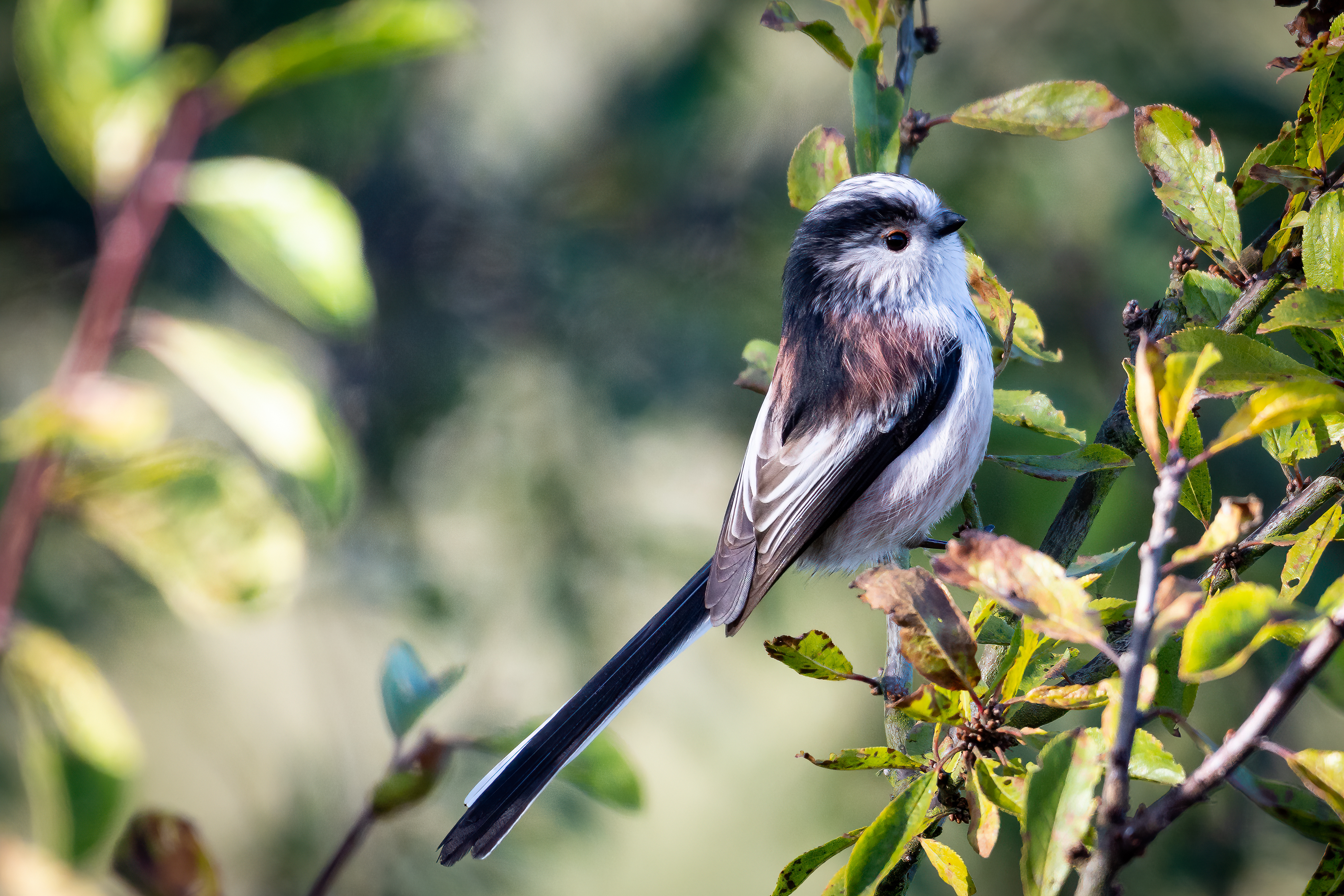
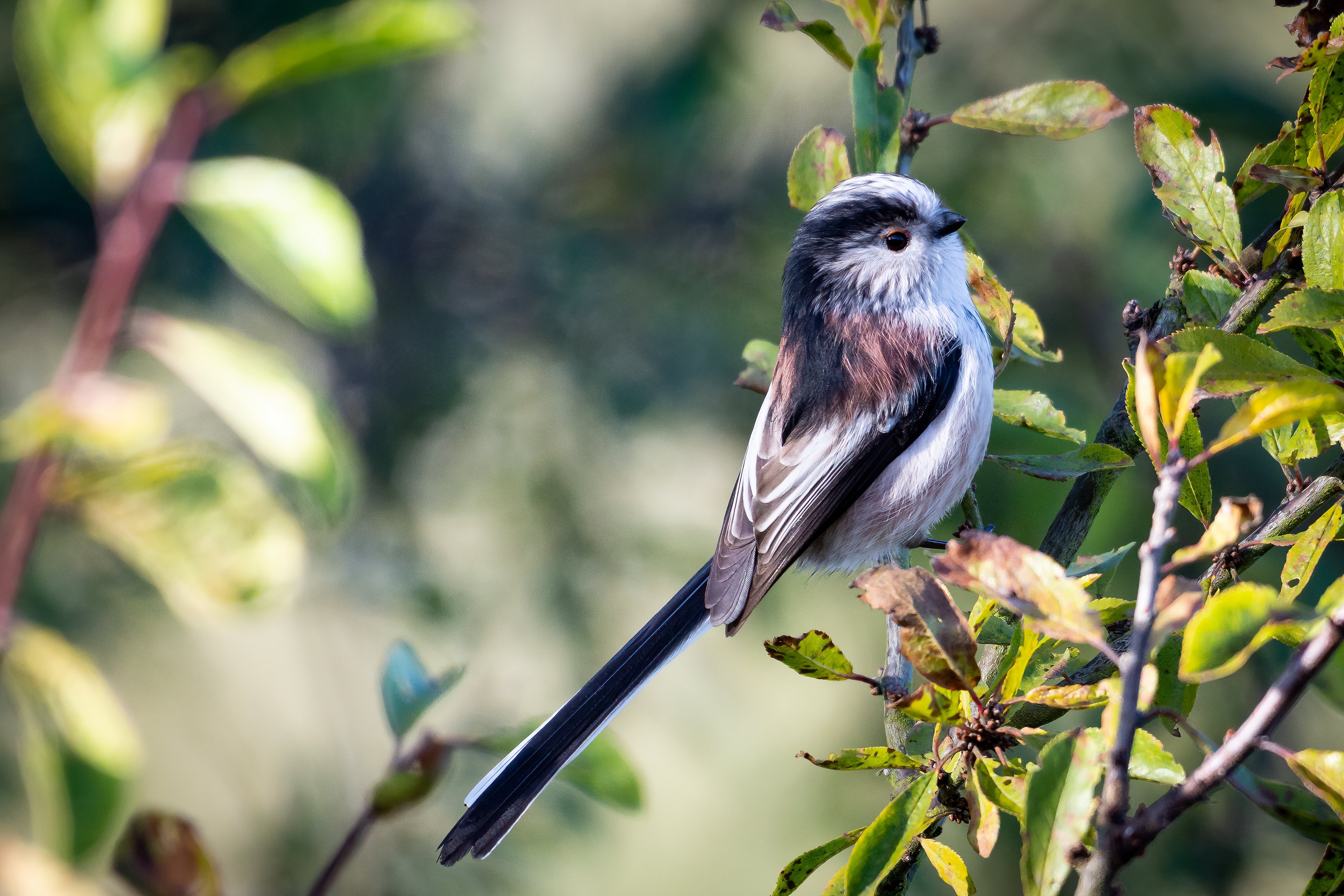
Same, I have a lot of posts in c/birding that the images are now missing.
If I try to browse a link for one of the images I get:
{ "msg": "Invalid status: 403 Forbidden\n\nAccountProblemThe account 100000171474 is currently inactive.C14C38893B6BC619:A2OqFCOFQw5d5vBngMgMIw3fFj9j1T5BsCuovHiSn8HhP7U/xu28u/CX3U0UrkFZaZQbKfwJzmdz7MTcwOTkwMjEwMTYwNCAxNTQuNDkuMjE1LjEwMCBDb25JRDoxODA2NjMxMy9FbmdpbmVDb25JRDoxODYyMzkvQ29yZTo3Mg==" }